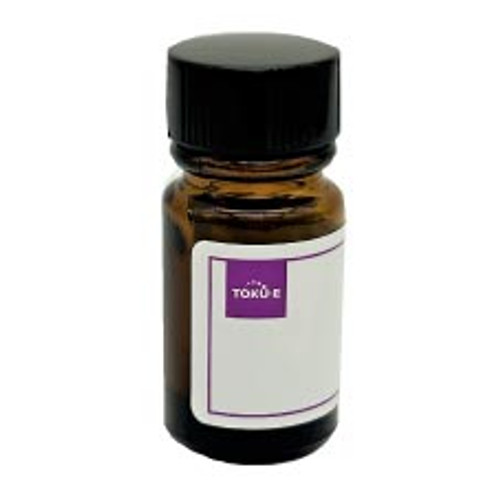Cefonicid sodium is the disodium salt of Cefonicid. It is a broad-spectrum, second-generation cephalosporin antibiotic that interferes with bacterial cell wall biosynthesis.
| Mechanism of Action | Cephalosporins interfere with PBP (penicillin binding protein) activity involved in the final phase of peptidoglycan synthesis. PBP’s are enzymes which catalyze a pentaglycine crosslink between alanine and lysine residues providing additional strength to the cell wall. Without a pentaglycine crosslink, the integrity of the cell wall is severely compromised and ultimately leads to cell lysis and death. Resistance to cephalosporins is commonly due to cells containing plasmid encoded β-lactamases. Cephalosporins interfere with PBP (penicillin binding protein) activity involved in the final phase of peptidoglycan synthesis. PBP’s are enzymes which catalyze a pentaglycine crosslink between alanine and lysine residues providing additional strength to the cell wall. Without a pentaglycine crosslink, the integrity of the cell wall is severely compromised and ultimately leads to cell lysis and death. Resistance to cephalosporins is commonly due to cells containing plasmid-encoded β-lactamases. |
| Spectrum | Effective against Gram-positive and Gram-negative bacteria. |
| Microbiology Applications | Cefonicid sodium is effective against E. coli, Klebsiella, Enterobacter, and Citrobacter. |
| Eukaryotic Cell Culture Applications | The interaction of cefonicid (and other beta-lactams including cefazolin, cephalothin, ampicillin, and piperacillin) with the purified mitochondrial carnitine/acylcarnitine transporter reconstituted in liposomes has been studied. When added to the proteoliposome, cefonicid was found to competitively inhibit the carnitine/carnitine antiport catalysed by the reconstituted transporter. It was the most effective of the antibiotics tested with an IC50 of 0.12 mM after 60 h of incubation. (Pochini et al 2008) |
| Molecular Formula | C18H16N6O8S3 • 2Na |
| References | Barry AL, Jones RN, Thornsberry C (1983) Evaluation of the cefonicid disk test criteria, including disk quality control guidelines. J Clin Microbiol. 1983 17(2):232-239 PMID 6601113 Dudley MN, Quintiliani R and Nightingale CH (1984) Review of cefonicid, a long-acting cephalosporin. Clin. Pharm. 3(1):23-32 Kalman D and Barriere SL (1990) Review of the pharmacology, pharmacokinetics, and clinical use of cephalosporins. Texas Heart Inst. J. 17(3):203-215 PMID 15227172 Pochini L et al (2008) Interaction of beta-lactam antibiotics with the mitochondrial carnitine/acylcarnitine transporter. Chem Biol Interact.73(3):187-194 PMID 18452908 |







